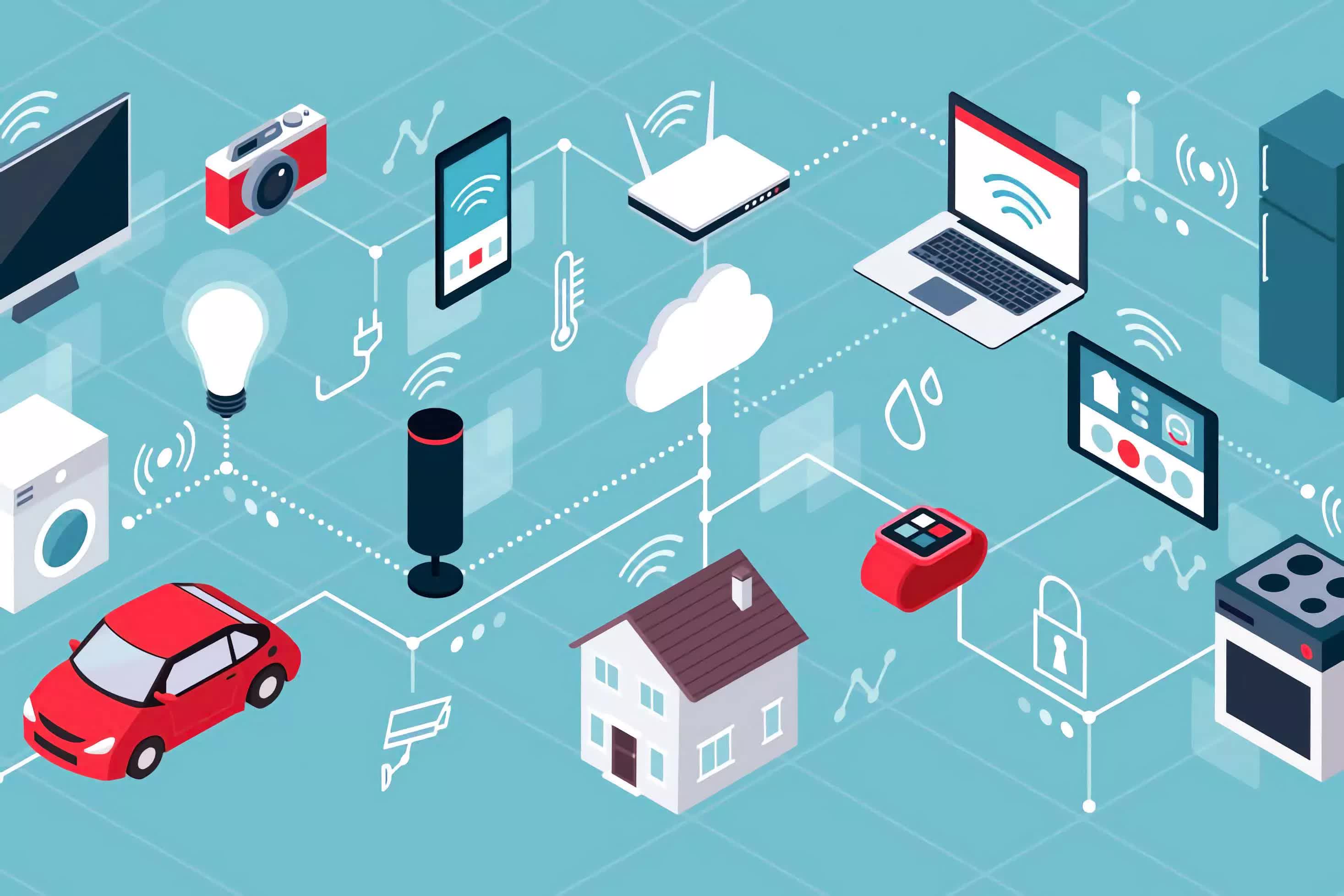How it works: Backscattering allows devices to modulate and reflect incoming wireless signals back to the transmitter, similar to how RFID chips and contactless payment cards work by harvesting energy from the reader. This enables IoT devices to achieve battery-free communication.

Now, a team of researchers from South Korea's Pusan National University has developed a new method around the same technology that is approximately 40 percent more energy-efficient than current techniques.
Backscattering as a concept isn't new. However, the team's innovation lies in using AI to optimize the system and make it significantly more efficient for low-power applications like IoT sensors. Their approach involves using machine learning to precisely model the optimal "reflection coefficients" that determine how much of the wireless signal gets reflected.
Traditionally, calculating these coefficients has relied on simulations that don't perfectly match real-world conditions, making it challenging to achieve low bit error rates and high data rates. That said, the researchers overcame this by employing a technique called "transfer learning," where an AI model is first trained on one task and then refined using data from the actual target task.

To make it work, they pre-trained an artificial neural network on simulated input voltages to understand the behavior of the modulation circuitry under different voltage conditions. Then, they further trained that pre-trained model using real experimental data, allowing it to accurately predict the reflection coefficients for their specific hardware.
With these finely-tuned AI models, the team could optimize their 4-QAM and 16-QAM modulation schemes for maximum efficiency. QAM stands for Quadrature Amplitude Modulation, a scheme used extensively in Wi-Fi communication systems. Their resulting prototype system consumes less than 0.6 milliwatts during transmission – a fraction of the power required for conventional wireless radios.
The system also incorporates a 2x2 MIMO antenna setup to improve signal reception. When tested in the 5.7-5.8 GHz range, it achieved a spectral efficiency of 2 bits/second/hertz using 4-QAM modulation.
"The combination of accurate circuit modeling, advanced modulation techniques, and polarization diversity, all tested in over-the-air environments, presents a holistic approach to tackling the challenges in ISC and IoT," said Professor Sangkil Kim, who led the study.
According to the Pusan researchers, this lays the groundwork for reliable, ultra-low-power backscatter systems with potential applications in consumer electronics, healthcare monitoring, smart urban infrastructure, environmental sensing, and radar communication.
Their findings have been published in a paper in the IEEE Internet of Things Journal.
IoT devices could become 40% more energy-efficient with this AI-based approach